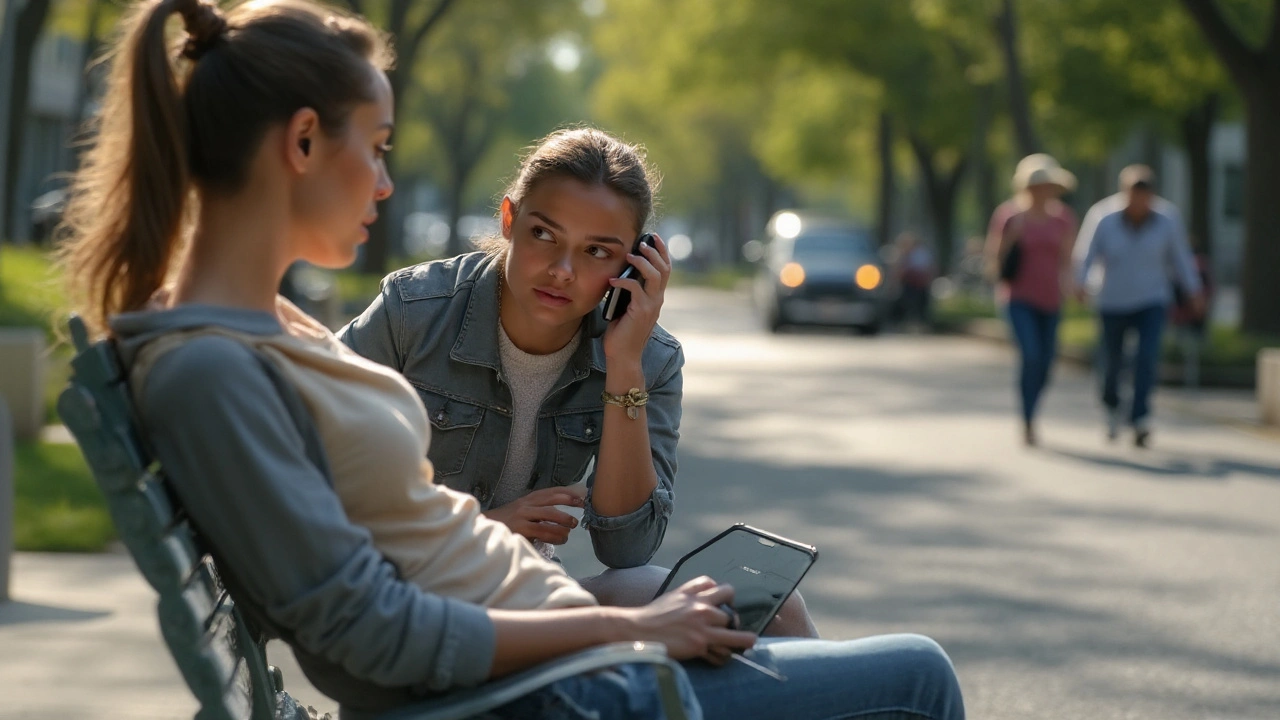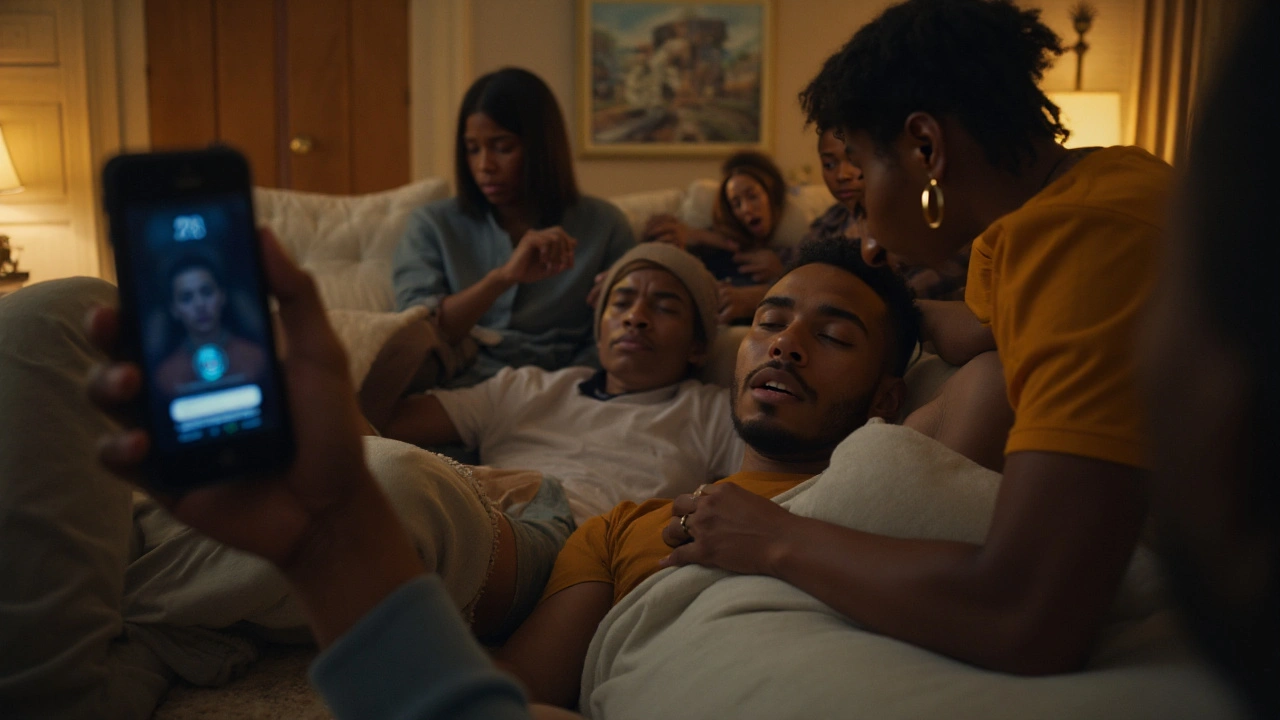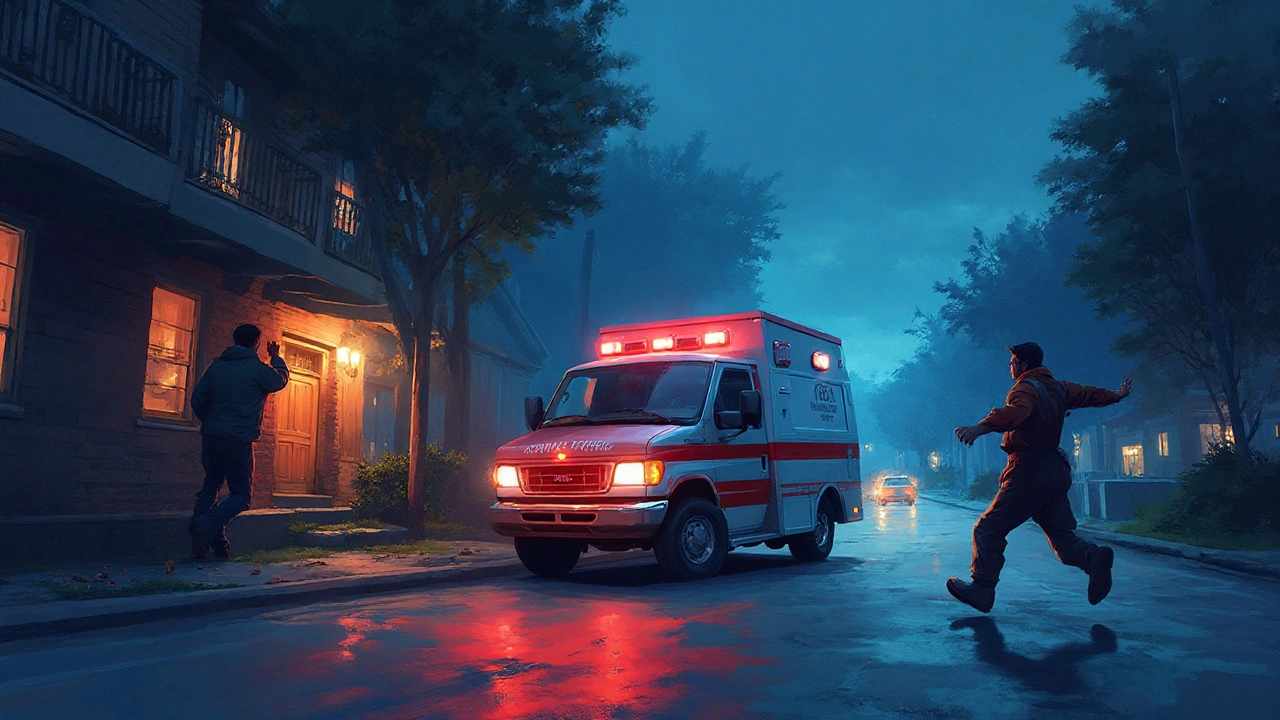
Someone you love, or even a stranger, suddenly collapses. Their breathing is shallow, their lips turn bluish, and fear surges through you. You wonder—how much difference can a few minutes make? According to the CDC, over 100,000 overdose deaths hit the U.S. in 2024 alone. Each case isn’t just a number. It’s a family, a friend, a life that could change with fast action. No one expects to face an overdose. But knowing what to do—without freezing or panicking—can literally save a life. Plenty of folks keep Naloxone, but few know exactly what to do step by step. Let’s look at the signs, the right moves you can make, and how people like you turn into heroes for someone teetering between life and death.
Overdose Explained: Causes, Types, and Warning Signs
Overdose doesn’t just happen after wild parties or in dark alleyways. Prescription medications, accidental mix-ups, and forgotten pills are just as likely to bring trouble. According to data from the National Institute on Drug Abuse, painkillers like oxycodone or hydrocodone are responsible for about 68% of all fatal overdoses in the U.S. each year. But it’s not just opioids—alcohol, stimulants, antidepressants, even over-the-counter meds can lead to overdose if you take too much or mix the wrong substances.
Your first job is to spot the signs. Overdose symptoms vary based on what someone’s taken, but some red flags tend to show up across the board. Look for:
- Trouble breathing or not breathing at all
- Blue or gray lips, fingers, or face
- Unconsciousness or won’t wake up when you shake or shout
- Unusually slow heartbeat or pulse
- Snore-like gurgling, choking, or vomiting
- Confusion, seizures, pinpoint pupils (very small), or chest pain
These signs can show up within minutes, or they might creep in slowly if someone’s taking extended-release pills or has mixed drugs with alcohol. There are also different overdose types: opioid, stimulant, alcohol, or combinations. Each needs a slightly different response—but the basic steps are always the same: call for help, keep the person safe, and wait for emergency support.
Some drugs have notorious reputations for silent overdoses. Fentanyl, for example, is 50–100 times stronger than morphine, which means a dose that looks tiny could put someone into cardiac or respiratory arrest in minutes. According to a 2023 CDC report, fentanyl was involved in over 70% of opioid overdose deaths in the past year. Knowing this can help focus your attention if you see small blue or white pills, powder residue, or suspect someone’s taken a fake prescription pill bought online. Stimulant overdoses—think cocaine or meth—tend to cause shaking, racing heart, high body temperatures, confusion, and sometimes risky behavior. Alcohol overdoses sneak up when someone drinks more than their body can handle, especially when mixed with sedatives. They might pass out, vomit while unconscious, or breathe extremely slowly.
Here’s a quick comparison of overdose types and their telltale signs:
| Type | Common Signs | Typical Substances |
|---|---|---|
| Opioid | Slow breathing, pinpoint pupils, blue lips | Heroin, fentanyl, oxycodone, morphine |
| Stimulant | Agitation, high heart rate, overheating, confusion | Meth, cocaine, Adderall |
| Alcohol | Unconsciousness, vomiting, irregular breathing | Beer, wine, liquor |
| Combination | Mixed symptoms, unpredictable response | Any combo of above |
It’s easy to overlook an overdose when you think, "They just had too much to drink," or "They probably just need to sleep it off." But things can get critical in less time than it takes for your phone’s battery to run out. The best thing? If you’re not sure, always act as if it’s an overdose. The harm in waiting can be far worse than a false alarm.

Immediate Actions: Step-by-Step Response When Every Second Counts
The moments right after you spot an overdose are loaded with pressure. You might feel your hands shake, mind racing, or ears ring with panic. This is common. But a few easy-to-remember steps will guide you through the fog, even if you’ve never done this before.
Step 1: Call for Help—Don’t Wait
If someone’s showing any overdose signs, call emergency services right away. Don’t assume friends can handle it, and don’t waste time trying to "sleep it off" or sober them up with coffee or a shower. If you’re worried about getting in trouble, most states in the U.S. have Good Samaritan laws, protecting people who ask for help in drug emergencies. The goal isn’t blame; it’s saving a life.
Step 2: Check for Response and Breathing
Gently shake them, call their name, rub your knuckles hard over their sternum (the bony part between the ribs). If you get any reaction—moaning, movement, fluttering eyelids—monitor them closely. If they’re not breathing or only gasping, this is an emergency.
Step 3: Give Naloxone If It’s Available
If you see signs of opioid overdose (like slow breathing, blue lips, pinpoint pupils), give Naloxone (Narcan) if you have it. You don’t need a pharmacy degree; nasal spray versions just involve squirting into one nostril. If symptoms don’t improve after 2–3 minutes, a second dose is safe. Make sure to stay with them, as opioids can stick around longer than Naloxone, and more doses might be needed.
Step 4: Start Rescue Breathing or CPR If Needed
If the person isn’t breathing at all or is only gasping, give rescue breaths:
- Lay them on their back
- Tilt their chin up to open the airway
- Pinch their nose, breathe into their mouth every five seconds—watch for chest rise
- If you know CPR and there’s no heartbeat, start chest compressions
Step 5: Keep Them Safe and Comfortable
If the person’s breathing returns, lay them on their side (recovery position) to prevent choking if they vomit. Stay calm—even if they wake up angry or confused. Sometimes, people come to suddenly and have no clue what happened; they might want to leave. Encourage them to wait for medical professionals anyway. Quick recovery doesn’t mean they’re out of danger—some drugs stick around in the system and symptoms can return after a while.
People often hesitate to act because they’re scared they’ll do it wrong. Here’s the thing: any help is better than none. The most common reason folks die from overdose isn’t that help didn’t exist—it’s that no one did anything. Even if you’re unsure, starting basic rescue breathing before paramedics arrive makes a huge difference in the odds of survival.
Here’s a quick cheat-sheet for overdose emergencies:
- Dial emergency services first—it’s the one step you can’t skip
- Give Naloxone for suspected opioids—there’s no risk if you’re wrong
- Keep them breathing, keep them safe, wait for help to arrive
- Don’t leave the person alone; secondary complications can sneak up
- Provide any info you have—type of drug, amount, how long ago they took it
If you see Naloxone kits at community centers, schools, or pharmacies, get familiar with how to use them. Some major retailers like CVS and Walgreens hand them out over the counter in many states, no prescription needed. And don’t worry: you can’t "hurt" someone by giving Naloxone if it wasn’t opioids. There’s no downside, only upside.
Here are a few common myths that get people hurt:
- Myth: "Just let them sleep it off."
Fact: Overdoses aren’t just about falling asleep. Respiratory failure often happens silently. - Myth: "Don’t call, you’ll get arrested."
Fact: Most U.S. states protect callers reporting overdose emergencies from drug charges. - Myth: "Coffee, a walk, or cold shower will fix it."
Fact: These do nothing for overdose and can even make things worse.
One hard truth: overdose rates are highest not in back alleys, but at home—among family, partners, or friends. So don’t wait or rely on wishful thinking. Your action could be the difference maker.

Long-Term Outlook: Prevention, Support, and Secondary Steps
Once the immediate danger is past, things don’t just snap back to normal. Surviving an overdose usually leads to a maze of emotions—relief, guilt, anger, or confusion. But real recovery starts with a plan, not just a lucky break. For most people, the hours and days after an overdose are a fragile crossroads.
If you or someone you care about just went through this, don’t bottle it up or sweep it under the rug. Research from Stanford Medical School shows people who survive a serious overdose have a 12-fold higher risk of another in the months that follow—unless they get some kind of follow-up care. Emergency rooms now offer "warm handoff" programs, connecting patients to counselors, treatment referrals, and social support right from the hospital bed.
You can help by:
- Encouraging them to talk openly about what happened—blame and shame only drive secrecy, not safety.
- Helping them set up a doctor or addiction specialist appointment—as soon as possible, ideally within the first day or two after the event.
- Learning where to find Naloxone in your area. Some states offer free training and kits through local health departments or online programs.
- Recognizing risk factors: changes in tolerance (after jail, rehab, or a period of not using), mixing drugs, bad batches, or taking pills from non-medical sources.
- Getting rid of unused or expired meds at safe disposal programs in your city or pharmacy.
- Sharing good info, not rumors. Use trustworthy sites like CDC, Substance Abuse and Mental Health Services Administration (SAMHSA), or local support groups.
Sometimes the new normal means setting boundaries, locking up or removing risky meds at home, and checking in more. Don’t be afraid to talk openly about overdose. Talking doesn’t "put ideas in someone's head"—but silence does keep people in the dark about real risks.
And here’s a surprising bit most folks don’t realize: two-thirds of fatal overdoses happen when others are nearby. You don’t have to be a medical wizard to change that. Keep a Naloxone kit within reach—like an EpiPen for poison or severe allergy. Talk with housemates and friends about what to do, not just why it matters. The more you act as a team, the safer things get for everyone in the circle.
Maybe none of this matters to you right now. But you’d be shocked how many people wind up pulling out directions to help a cousin, a neighbor, or a stranger outside a music festival. Overdose isn’t a rare, far-off problem. It’s in our neighborhoods, in trusted hands, in regular routines. That’s exactly why your overdose response knowledge matters—sometimes, all it takes is a quick, calm, and caring move at the right time.

